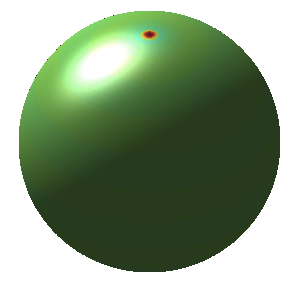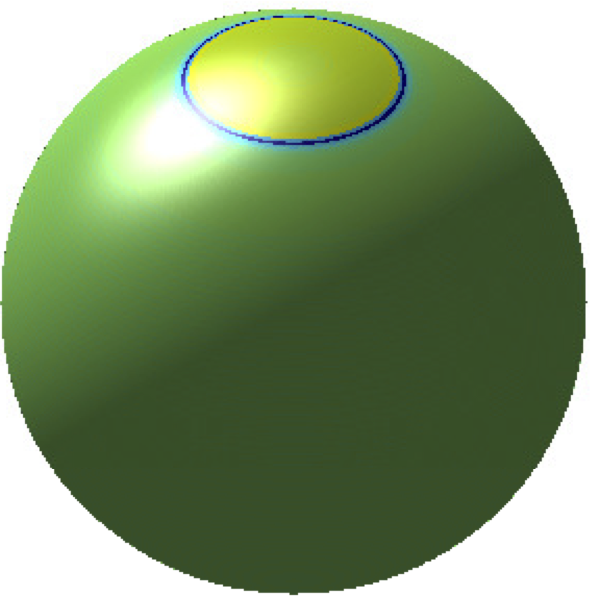Wavelets are a powerful signal analysis tool due to their ability to localise signal content in scale and position simultaneously. The generic nature of wavelets means that they are suitable for many problems, but by the same token, for certain problems they are not necessarily optimal. In some instances, where we have a good prior knowledge of the signal we are interested in, we can create an optimal filter to look for it.
When looking for the signatures of bubble collisions in cosmic microwave background (CMB) observations, we have a good theoretical prediction of the expected form of the signal. To detect likely bubble collisions candidates in the CMB, we developed a source detection algorithm using optimal filters.
Since the bubble collision signatures that we expect to see in the CMB vary with size and position on the sky, wavelets are a powerful method for the candidate source detection, and indeed have been shown to work very well.
However, since we have a good prediction of the bubble collision signature, we can exploit this knowledge by constructing optimal filters that are matched to the expected signal, and also to the background stochastic process in which the signal is embedded (in this case CMB fluctuations). The optimal filters can thus look quite different to the wavelets that would be used for the same purpose (see plots).The image below shows the signal-to-noise ratio (SNR) achieved by wavelets and optimal filters for detecting bubble collisions in the CMB. We see that optimal filters outperform wavelets since they are closely adapted to the profile of both the bubble collision signature and also the background stochastic process (the CMB).
For the detection of cosmic bubble collisions, optimal filters allow us to exploit our knowledge of the expected signal. However, wavelets are suitable for a wider class of problems. As always, the best analysis technique to adopt depends heavily on the problem at hand.

Signal-to-noise ratio achieved for detecting bubble collision signatures in the CMB using wavelets (black dot-dashed) and optimal filters (blue solid), compared to looking at the original data (red dashed)




